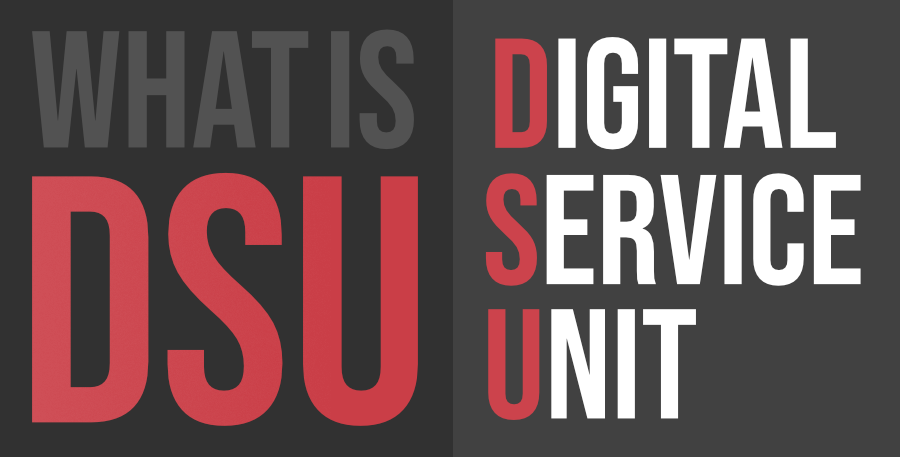What is DSU(Digital Service Unit)?
Last Updated :
22 May, 2020
Before we can understand what Digital Service Unit is and the role that it plays, we must first understand what telecommunication is. Telecommunication is basically, communicating with someone over a long distance by cable, telegraph, telephone, or via other broadcasting media. As one then realizes, the entire process of communication is a long one and is built up of many components, not least of which includes the human users and as such, one of the most important components is the Digital Service Unit. A Digital Service Unit, much like a telephone, is instrumental in sending and receiving signals to and from a certain device.

Working and Usage
One of those components which makes this entire process possible is the Digital Service Unit. A digital service unit is a piece of hardware – no bigger than the size of an external modem – concerned with the task of converting a digital data frame from the communications technology used on a Local Area Network into a frame appropriate to a wide area network. It works in conjunction with the Channel Service Unit to connect to a local area network. These are digital interface devices that connect user communications equipment – in particular those concerned with data – to digital access lines. In other words, the digital service unit converts the data encoded in the digital circuit into synchronous serial data. The digital service unit also performs the additional function of electrically isolating the digital communication line from the networking equipment wherever it is used. Integral to the functioning of a digital service unit, from a consumer’s point of ease, is that the Channel Service Unit and the Digital Service Unit should belong to the same company or the same manufacturer. If it is not the case, then the consumer runs the risk of accidentally running into problems by way of encountering incompatibility issues. There are various network types that are created by the digital service units include DDS, ATM, E1/FE, E3, SMDS, T3 etc.
Application
- They are thus, frequently integrated with the Channel Service Units so as to free the consumer from the additional hassle of installing them separately.
- They make operations very convenient and easy for the customer. Take for instance, the case of a person working from his home (which in this world affected coronavirus is not far from reality). In order to effectively do so, he or she needs a working internet or network signal. For that purpose, he or she might have been owning a digital line to a phone company or any other suitable gateway at an Internet Service Provider’s behest that has a digital service unit at its terminal end and the gateway through which it operates too has a digital service unit at its end – both of which are set to the same communications standard.
- In that situation, the channel service unit is the one that does most of the “receiving” – receiving and relaying signals to and from the wide-area network line. The digital service unit manages line control and converts input and output between RS-232C, RS-449, or V.xx frames.
- It manages timing errors and signals regeneration. It provides a common medium of exchange between the computer or the desktop, as the case may be, and the CSU.
There are various forms in which digital service units are available and these are fairly diverse and various. They are available in chip, board, and module forms. Some forms can even be stacked on top of one another. However, the choice of digital service units has to take into consideration various things like line rate etc.
Advantages
There are many advantages of using a digital services unit:
- It’s small modem like size makes it easy to handle to access while in use.
- It manages line control, timing errors, and signals regeneration tasks – all of which would have been unbelievable hard to master had it not been for this device. Indeed, it is so good in its job that our dependence on it has greatly increased – even more so in today’s world where everybody needs it to carry out their affairs on the internet. It stands to reason then, if one classifies this piece of equipment to be very integral to the functioning of the entire telecommunications process and by that very token, integral to the world at large as well.
Disadvantages
- It is quite costly and is, therefore, not economical to use.
- Delay in setup time. It is quite complicated to put into use and is therefore, not viable for a layperson to do on his own.
- If the CSU is not compatible with the DSU, it can result in problems for the consumer
Share your thoughts in the comments
Please Login to comment...